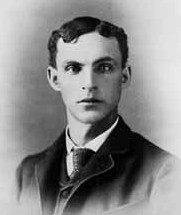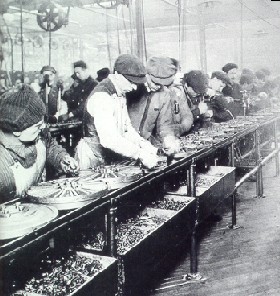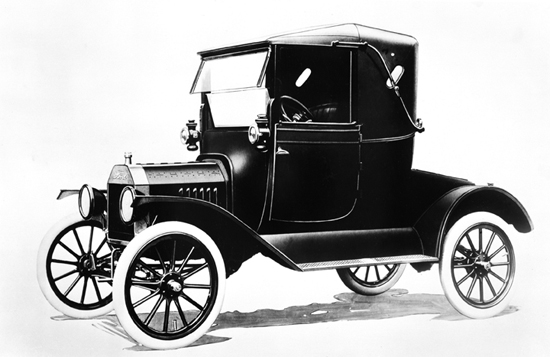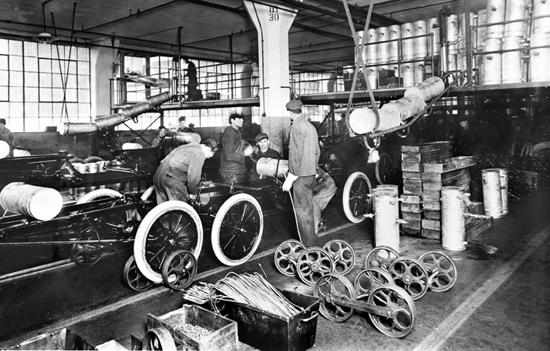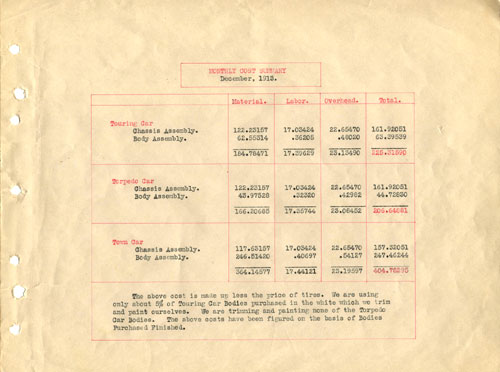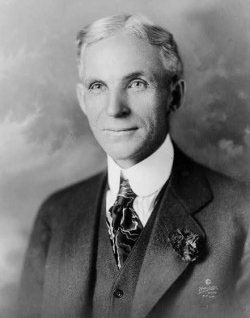
Henry Ford is known for many things he invented and popularized in his lifetime. Many of his inventions, such as business strategies like "Fordism " and sponsored projects are still alive today. Ford skillfully adapted to his increasingly-urbanized environment and introduced revolutionary concepts to Americans that changed his present and America’s future.
" and sponsored projects are still alive today. Ford skillfully adapted to his increasingly-urbanized environment and introduced revolutionary concepts to Americans that changed his present and America’s future.
Ford successfully brought the automobile to consumers for a cheaper price, the assembly line to large businesses, and good wages for employees. His ability to initally adapt and innovate a new market brought him an incredible amount of wealth and fame.
This website was created by Daniel Jost, titled Henry Ford: The Man Who Fueled America and is in the Senior Division of National History Day 2009.
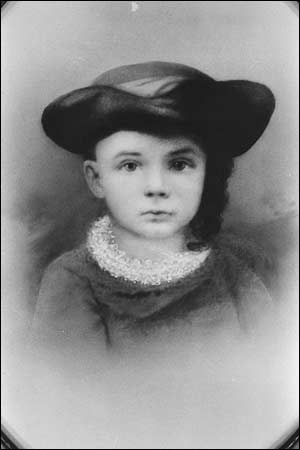
Ford's Illumination
Henry Ford lived from July 30, 1863 to April 7, 1947. Henry was the oldest in the family with 4 younger siblings. As a boy, Ford grew up on a farm, but was always more interested in the machines then the work required of a farm boy. When he was fifteen years old, his father gave him a watch that he would disassemble and reassemble for fun, and he would fix his friends and neighbors' watches too. Three years after his mother died in 1876, Henry Ford went to find work in Detriot, Michigan and became skilled at repairing steam engines.
died in 1876, Henry Ford went to find work in Detriot, Michigan and became skilled at repairing steam engines.
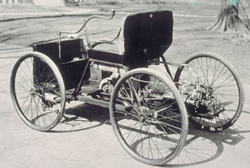
Ford was married in 1888 and had his only child, Edsel Ford, 5 years later. In 1891 Ford was hired at the Edison Illuminating Company, where he was quickly promoted up to Chief Engineer. He began testing gasoline-powered engines. The testing culminated in the Ford Quadricycle , which changed Henry's focus into creating automobiles for the masses.
, which changed Henry's focus into creating automobiles for the masses.
Ford's Influence
This video clip shows possibly the first Automobile Parade on November 4, 1899. You'll notice that nearly all the horseless carriages, or cars, are of a different design, and only 20 years later Ford had made almost every car a Model T. Ford took advantage of the new and growing market and was able to build the highest income car company of his time.
Primary
Sources
1913: Ford assembly line. 1913.
A photograph displaying workers using the assembly line in the factory. This photo fits in great with my "Ford Motor Company" section because it clearly shows Ford’s idea in action.
Edison, Thomas A. "Automobile Parade." Automobile Parade. 6 Feb. 1900.
This is a black-and-white video clip showing the Automobile Parade in 1900 that ironically ends with a horse buggy getting stuck in the traffic. This is a great video that really shows how popular cars in general were becoming even by 1900.
Ford, Henry. My Life and Work. Grand Rapids: Kessinger, LLC, 2003.
An autobiography with Ford’s own personal insight on how to run a successful business. It gave me some insight, such as his determination and unique ideas, into why and how Ford managed such feats as he did.
